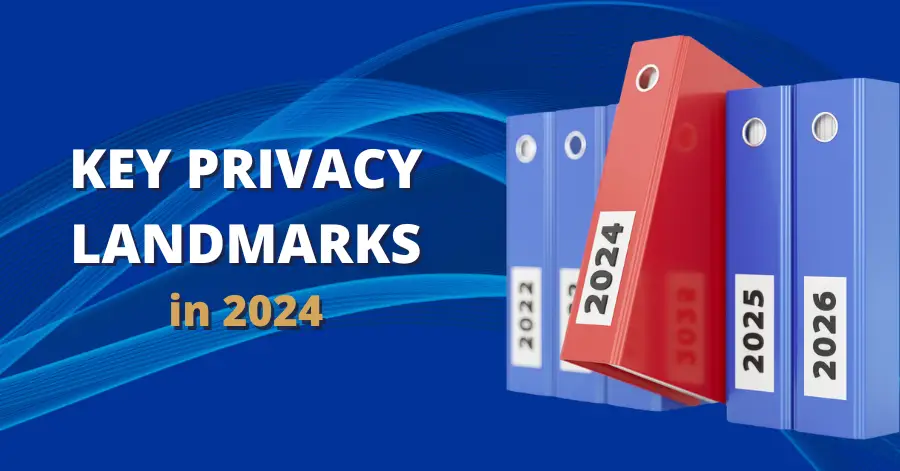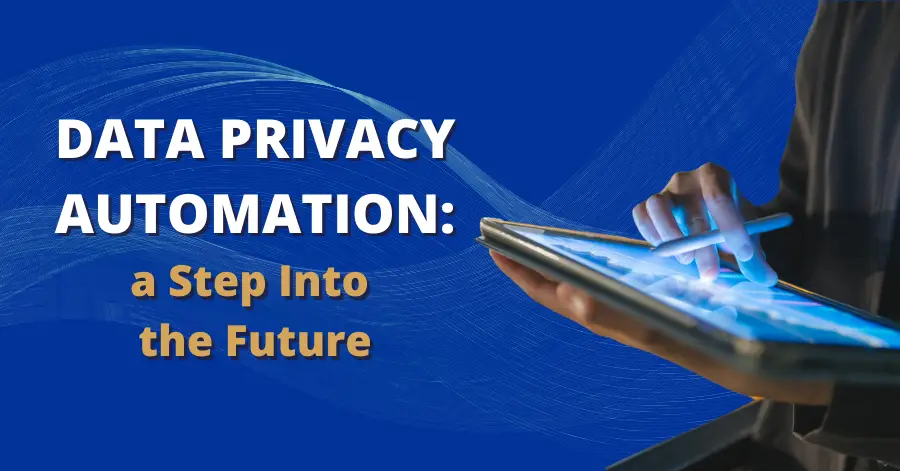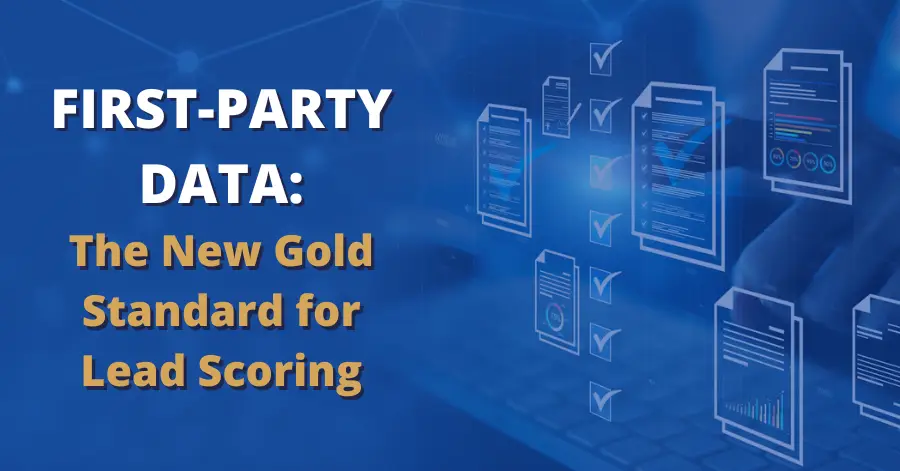Embracing Continuous Improvement for Effective Data Privacy Programs
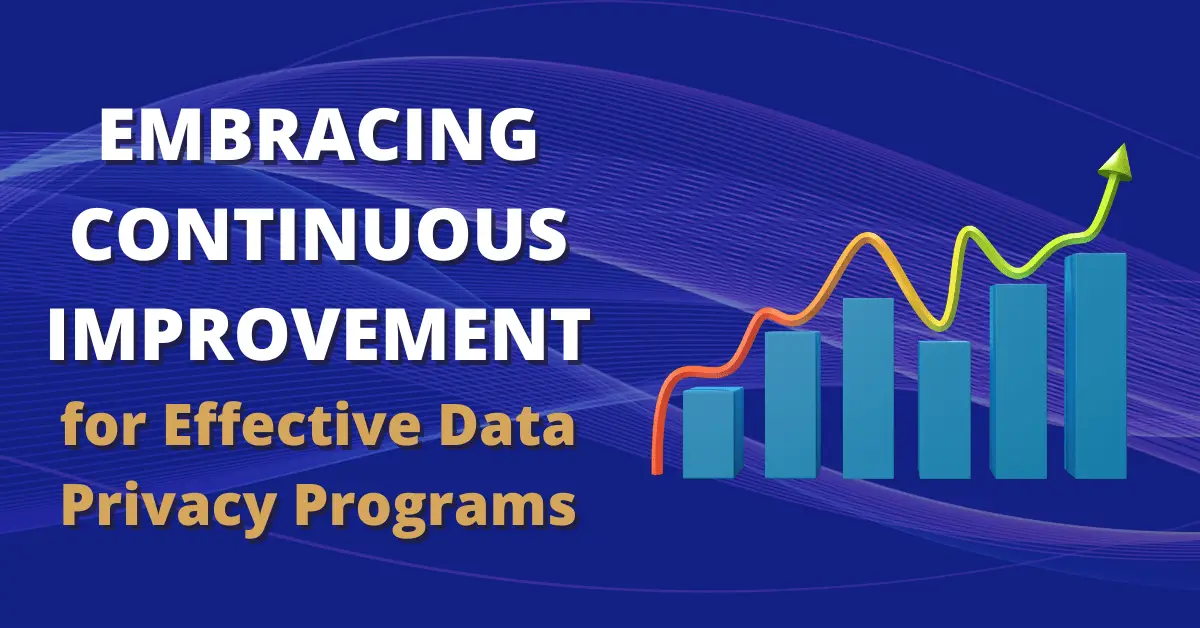
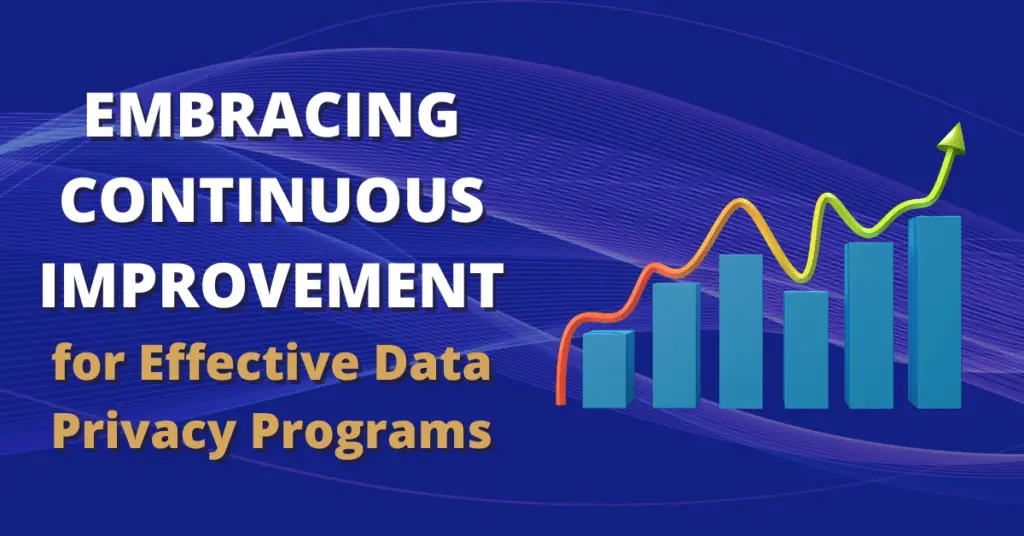
No company operates in a static environment. The economy, competition, business practices, and customer needs constantly change. As a result, businesses, especially their ethics and privacy compliance programs, must continuously adapt to stay effective. Continuous improvement offers a powerful way to achieve this.
This blog post will explore continuous improvement, its significance for data privacy programs, and how to implement it effectively.
Defining Continuous Improvement
Continuous improvement is an approach that enables ongoing enhancement of business processes, products, or other elements through a series of iterative steps. The primary goal is to achieve significant transformation through incremental changes. Various frameworks exist for continuous improvement, each with its advantages and nuances. However, they all share a common philosophy: long-term positive change requires small steps, a repeatable cycle, and input from across the business.
Why Continuous Improvement Matters
Privacy compliance is more than just a one-and-done job. Each updated privacy law or technological advancement makes it necessary to examine your existing system and see if it still works. As tempting as it may be to delay necessary changes, don’t let your company fall behind. Customers won’t appreciate a business that seems out of touch. But more importantly, privacy enforcement authorities have some very strong opinions on how important continuous improvement really is.

What to Remember During Continuous Improvement
Implementing a continuous improvement process for compliance requires thoughtful planning and execution. Remember to:
- Aim for incremental transformation: Strive for significant change through a series of small, manageable improvements. Celebrate each success as it contributes to the overall transformation.
- Create a repeatable cycle of steps: This ensures that future improvements are sustainable and continuously built upon.
- Engage front-line employees: Involve employees across the organization, especially those closest to business processes. Their insights and feedback are invaluable for identifying improvement opportunities.
- Set annual and long-term objectives: Define long-term objectives for major transformation and break them down into achievable milestones in your annual plan.
- Measure progress with metrics: Track and report measurable metrics to show progress. Examples include hotline reporting rates and investigation processing times.
- Benchmarking for comparison: Compare your program’s effectiveness against similar companies through quantitative and qualitative benchmarking. Networking events provide opportunities for meaningful connections with other compliance professionals.
What Will Continuous Improvement Look Like in Your Company?
Your business environment will determine your exact approach to continuous improvement. You may adopt an established framework or define the key performance indicators and goals unique to your organization. The essential aspect is setting goals, measuring progress, and making ongoing adaptations. Regulatory bodies expect this level of commitment, and it is vital for the success of your compliance program.
Implementing Continuous Improvement
Continuous improvement is a crucial component of any effective compliance program. The DOJ’s emphasis on continuous improvement in compliance programs further highlights its significance. Through small but impactful steps, involving employees, and setting measurable goals, companies can achieve continuous compliance program enhancements and foster a culture of compliance throughout the organization. Embracing continuous improvement will undoubtedly lead to a more robust, responsive, and successful compliance program in the long run.
We believe that a reliable, adaptable data privacy program is not only essential, but achievable in any company. Need a hand getting yours up to date? Contact our team today for expert assistance.



